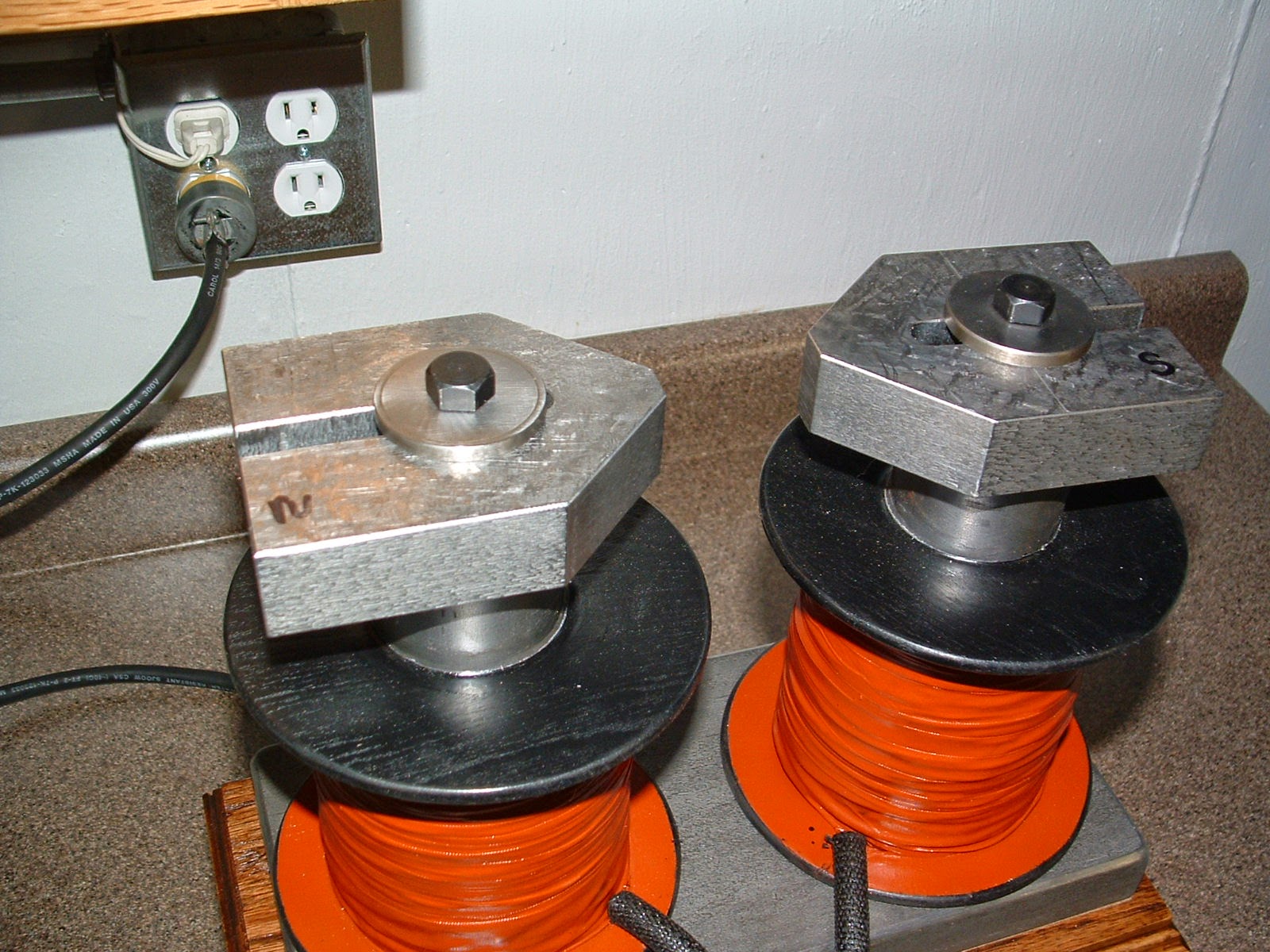 |
| An early method of replacing valve guides |
Fortunately, there are better methods available today and the one I chose was to use guide liners. The challenge, though, with liners is again keeping the lined guide concentric with the seat.
In most automotive applications, the guide can be machined from the seat side to accept the liner. There are centering tools available to keep everything concentric. With the OX-5 and other aviation engines, the machining has to be done from the valve spring side. This is because the head and cylinder are integral and the valves sit at an angle, so the machining can't be done from inside the barrel.
 |
| Modified reamer with pilot and centering cone |
 |
| K-Line valve guide liners |
 |
| Tooling required for liner installation |
There is some other special tooling required as seen in this picture - probably best to describe them as I go through each step.
Step 1: Ream the guide
 |
| Guide reaming |
Here you can see how the reamer is inserted in the guide from the valve spring side, with the pilot going thru the guide and into the centering cone.
 |
| Liner insertion |
A short stroke rivet gun and a special insertion tool is used to press the liner in the reamed guide
 |
| Liners after insertion |
 |
| Sizing the liner with a carbide sizing ball |
The liners then have to be sized. This does a couple of things: Allows for proper fit between the valve and liner, prevents the liner from getting loose in the reamed guide, and allows for heat transfer between the liner and guide. The sizing is done with several sizes of carbide "sizing balls". Balls of various sizes are pushed thru the liner with a special tool and rivet gun until the proper valve to liner fit is obtained. The dimensions of my valves required a .375 and .376 carbide sizing ball. The ball can be run thru multiple times and each time, up to a point, the ID of the liner gets slightly bigger.
The liner is then lightly honed with a honing brush and the valve can then be checked for fit and proper sealing at the seat.
 |
| Finished installation showing internal spiral grooves |
Now to the valves... As you may recall from my previous posts, this is a very low time engine. My hope was to use the original valves, but I was unsure until I could get them cleaned up. Well, they cleaned up great.
 |
| Original valve prior to lapping |
Hard to believe, but here's a picture of an 86-year old valve that has not even been lapped yet. Amazing!
 |
| Checking valve fit with bluing |
 |
| Intake and exhaust valves after lapping |
YES! This whole process couldn't have worked out any better. The seats and valves required no grinding, only a light lapping was necessary!
This was a relief, because if you're familiar with stock OX-5 valves, or see in the pictures, there is very little margin to do any valve grinding.
Every once in a while something just seems to come together nicely, and this was one of those times. Thanks to Mark for all his help on this too.
 |
| Cleaned studs |
The studs first have to be very clean. I used a wire wheel to remove any corrosion.
 |
| Chemicals used for the blackening process |
1. A cleaner to remove any grease and contaminates.
2. A prep to make for a deeper oxide finish.
3. The blackening process.
4. A protective coating to improve the corrosion resistance.
 |
| Finished studs with black-oxide coating |
I made a little basket to put the studs in, and about a 2 minute dip in each solution is all that's required. Parts come out very nice looking and protected against corrosion.
Back on to the wings soon, but still waiting on capstrip material. So, I'm not sure what my next post will be on, so stay tuned!





































